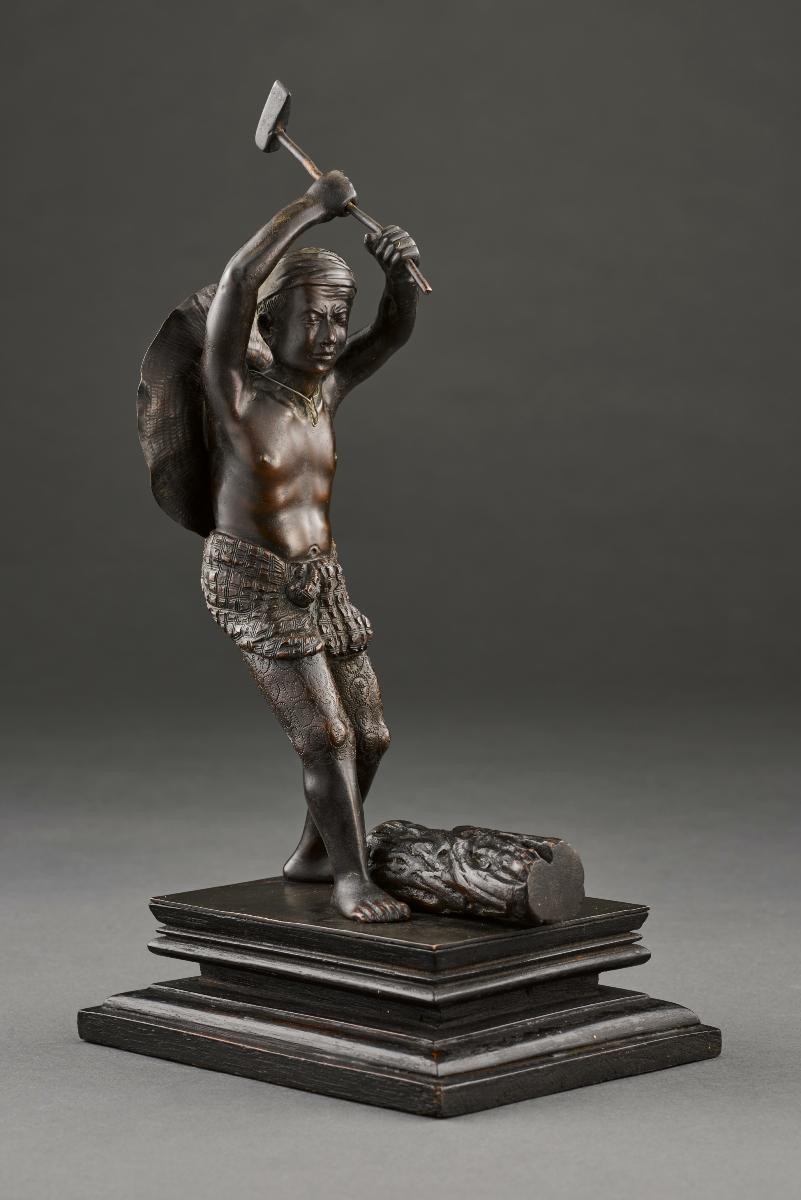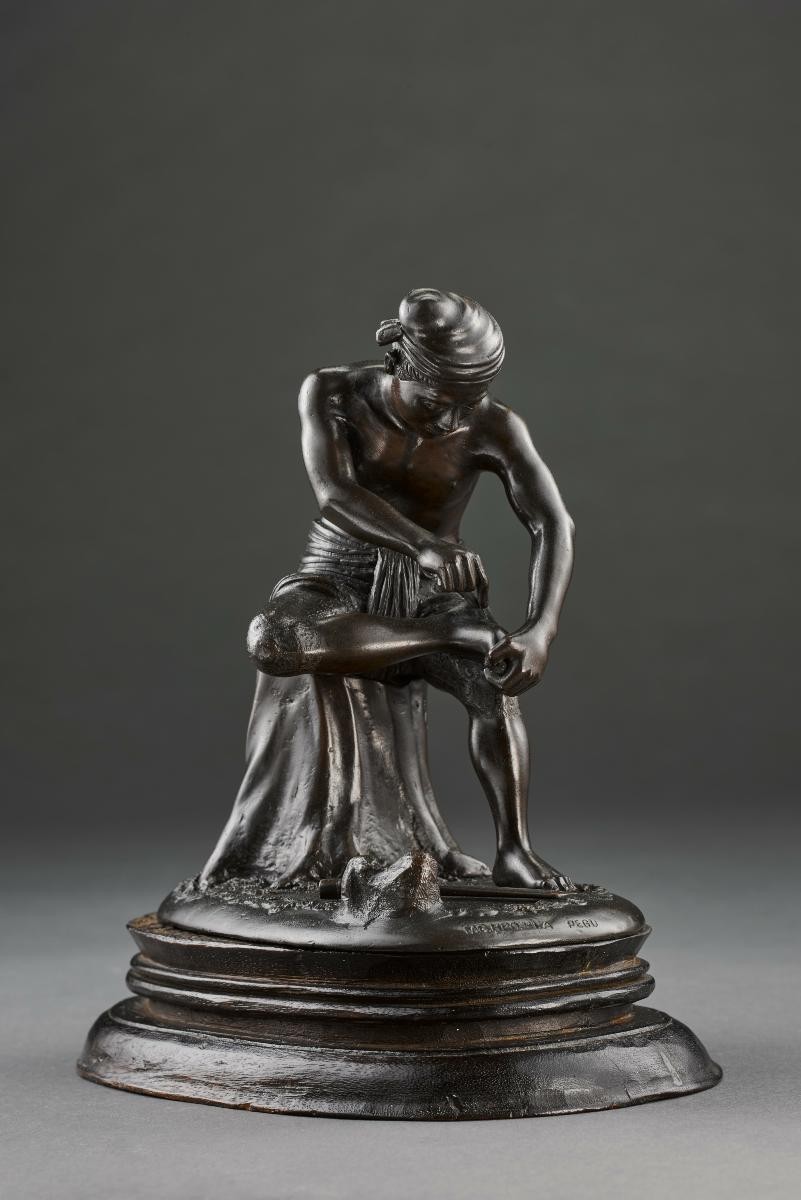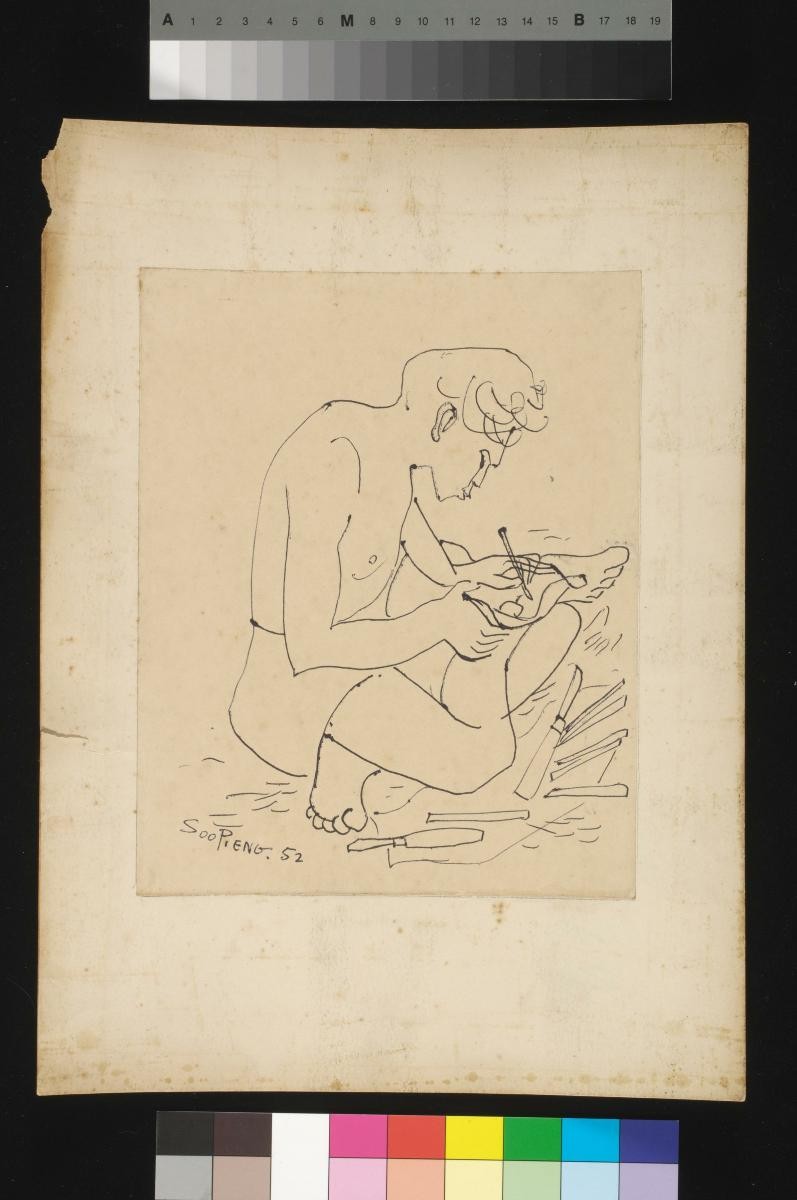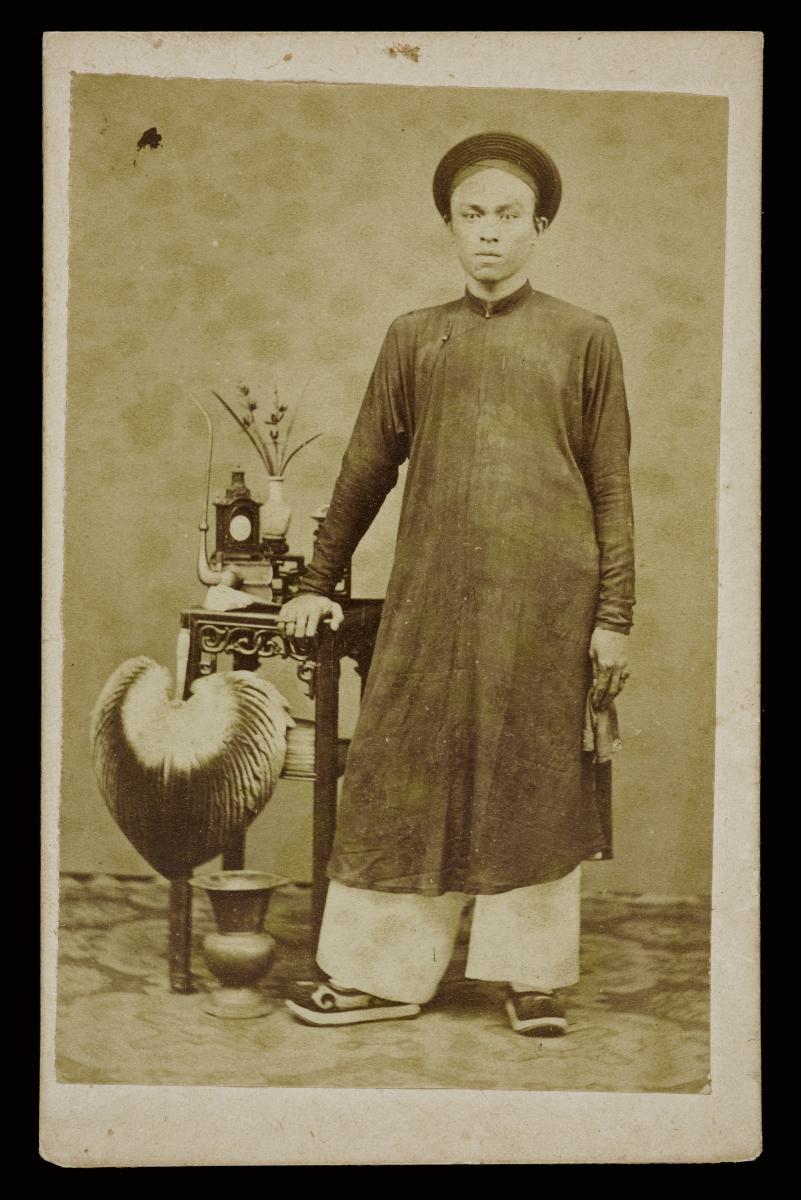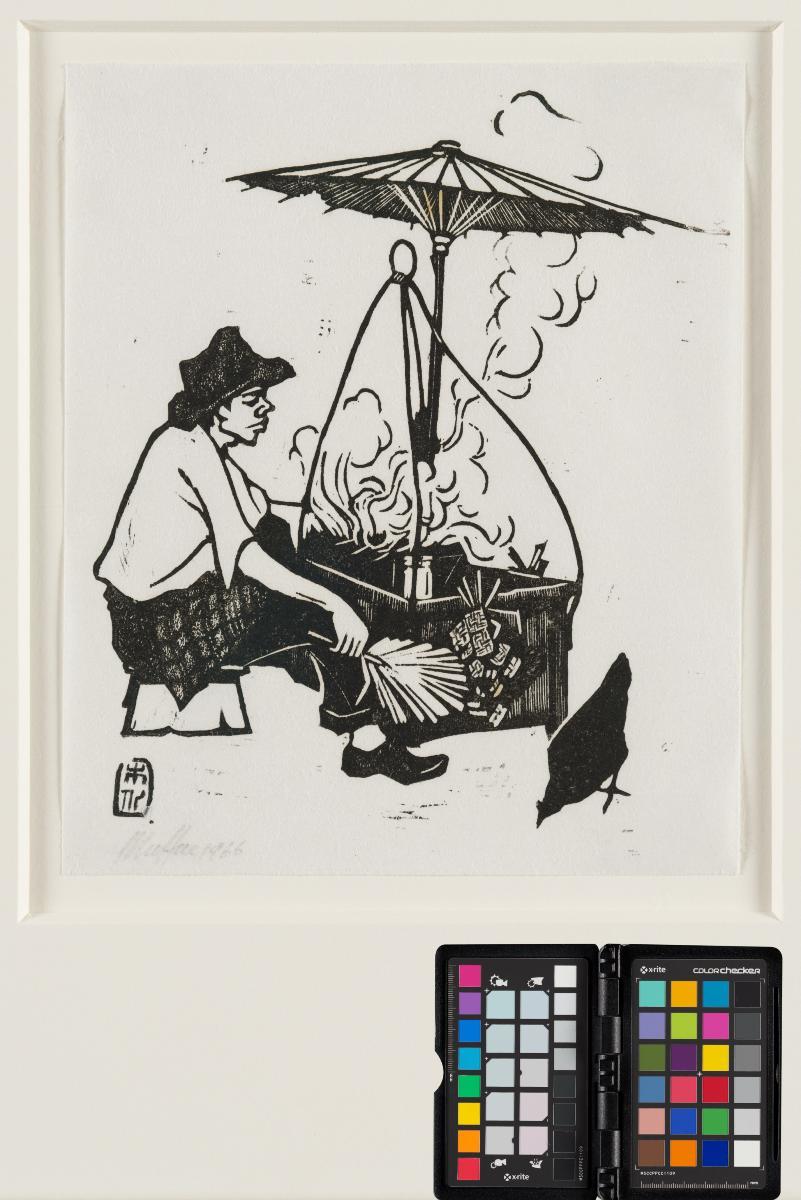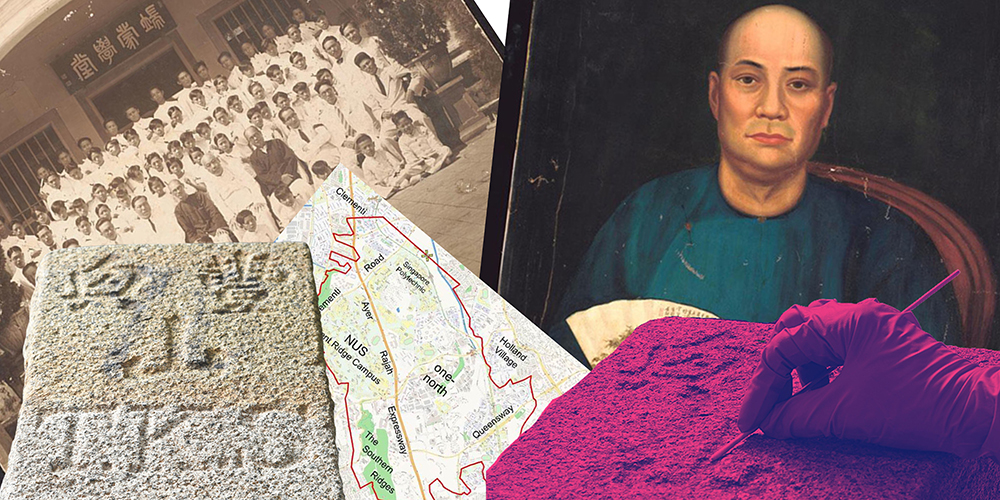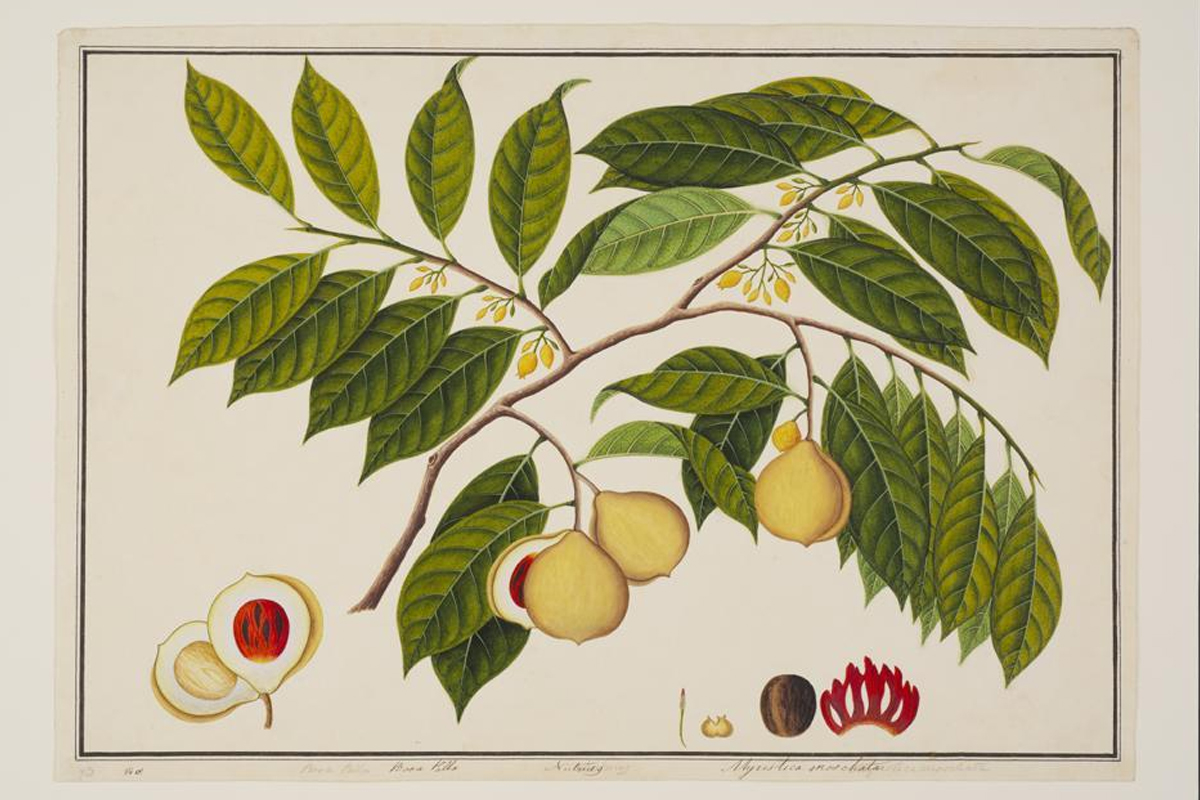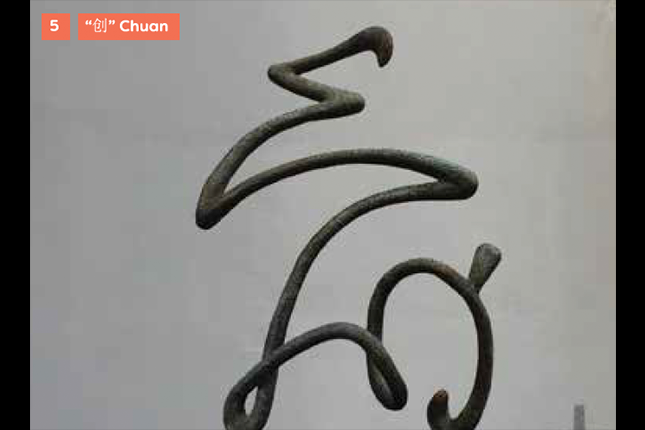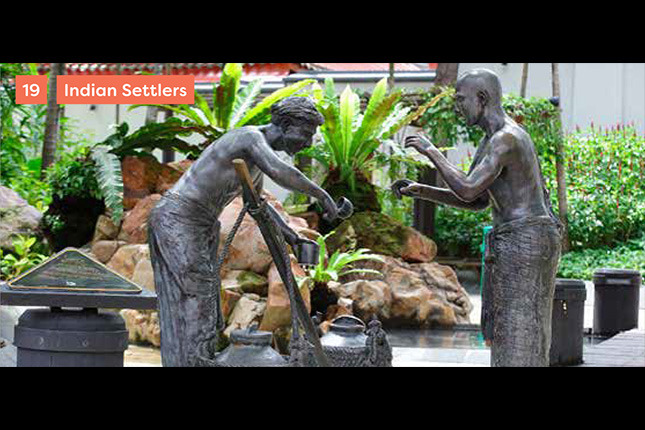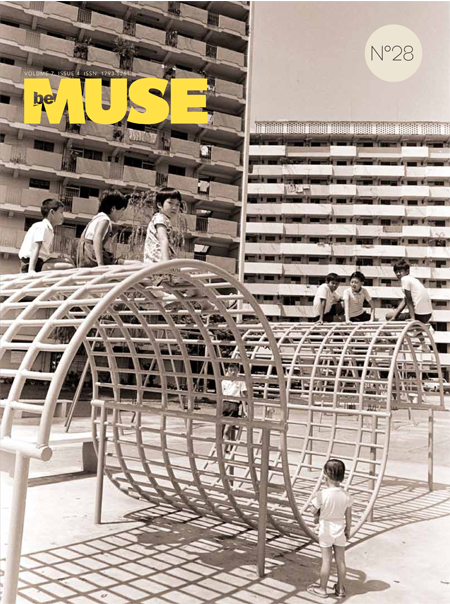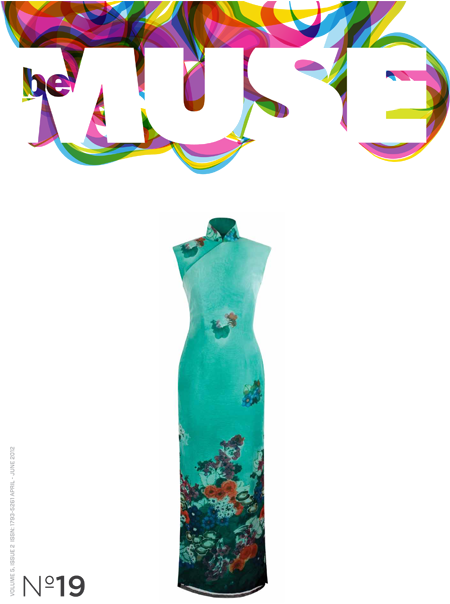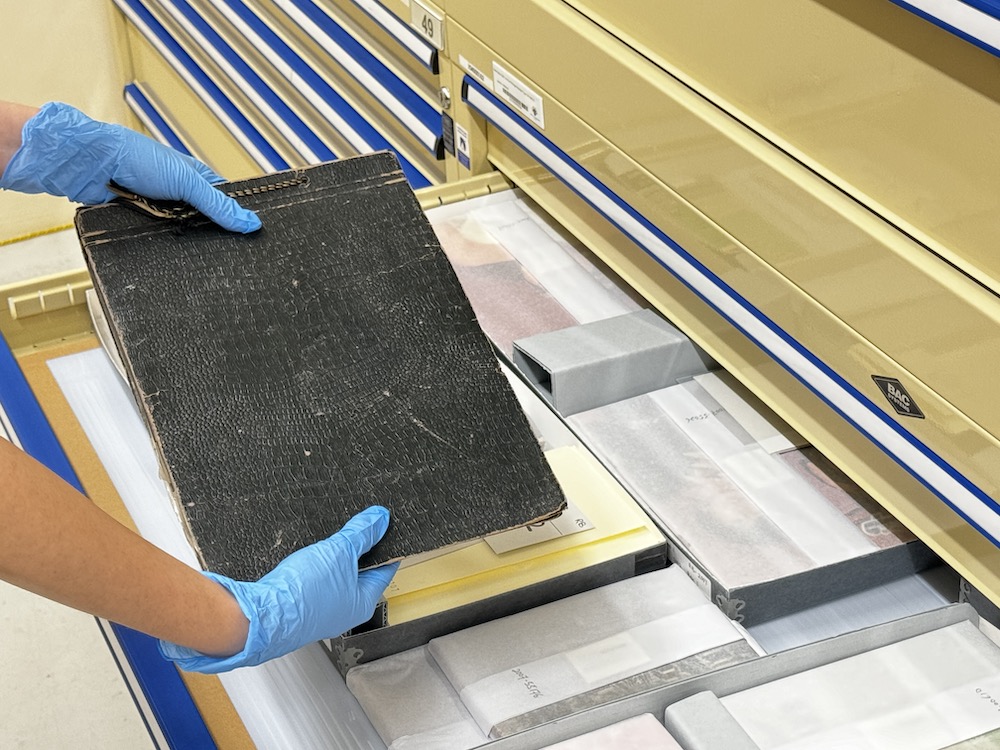Object size: 24.5 x 10.0 x 13.0 cm
Small, cast-bronze sculptures on wooden stands, known as “Pegu bronzes” and made in present-day Bago (approximately 90km northeast of Yangon), were produced during the 1920s and 1930s by Burmese makers. Although many “Pegu” bronzes are unsigned and thus anonymously made, some makers of “Pegu” bronzes stamped their name onto the sculptures. The most commonly seen name is Mg (Maung) Hpo Hla, and other names found on the proposed items include Mg (Maung) Tha Din, Mg (Maung) San Wa, and Mg (Maung) Po Kyaw. No biographical details are known for any of these makers (other than that they were all male, as evidenced by the use of the honorific “Maung” in their names), and no research (archival or on-site in Bago) is known to have ever been conducted to attempt to locate any biographical information on these figures. The most art-historically significant and fascinating aspect of “Pegu” bronzes is their adherence to principles of realism, in both their naturalistic modelling and pose, and their fine detailing and finish. “Pegu” bronzes first emerged soon after Western-style realism appeared in Burmese painting, and contemporaneously with the explosion of popularity for photography and postcards, produced in Myanmar in studios operated by South Asians, Burmese, and Europeans.In many “Pegu” bronze figures, this realist effect is plainly achieved in large part through trans-media references to photography and realist painting. Similar or identical poses and props appear in “Pegu” bronzes as found in well-known and widely reproduced two dimensional images. In other examples, realism is achieved through a naturalistic and dynamic pose of figures in action. Despite these links to modern media, “Pegu” bronzes also relate to older Burmese styles of naturalistic statuary. These include 19th century images of the Buddha’s disciples, and also older images of temple guardians. “Pegu” bronzes appear to have been produced largely for export, chiefly to the British market. During the 1930s, “cottage industries” expanded massively in Myanmar, encouraged by British colonial authorities, following the collapse in rice prices in 1929, Burma’s separation from British India in 1930, and the contemporaneous economic collapse of the Great Depression.




